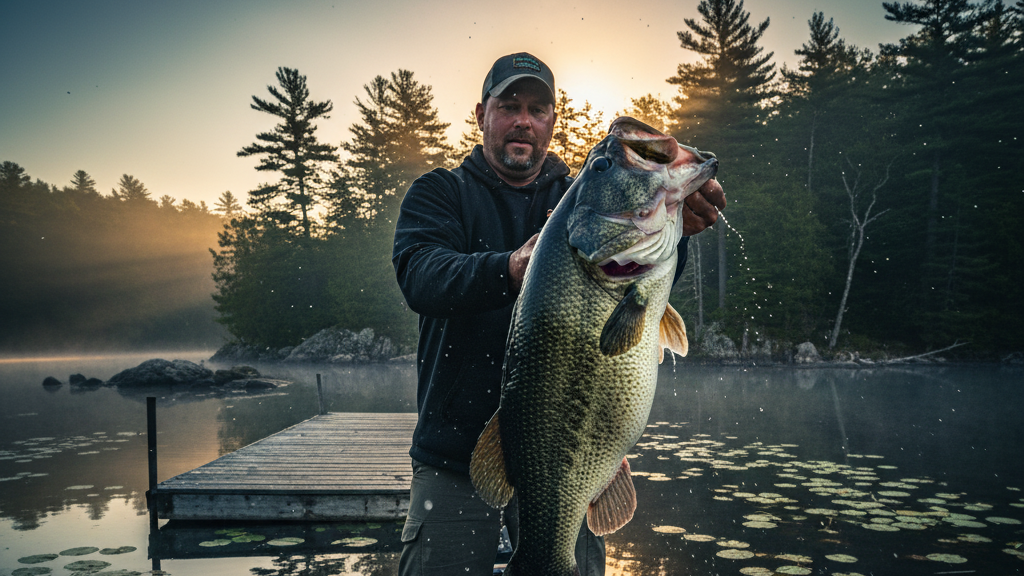
How to Fish Northern NJ Lakes for Trophy Bass
Catching trophy bass in Northern New Jersey takes more than luck—it’s about understanding local waters, seasonal behavior, and using the right techniques. From deep clear lakes to weedy ponds, each NJ water body holds potential for big bass. Here’s how to target them using smart tactics and Obee soft plastics designed for results.

Target Deep Structure and Points
Big bass in Northern NJ lakes often stage near structure—rock piles, ledges, and submerged timber.
-
Use sonar or maps to locate drop-offs and humps.
-
Present 6” Obee Finesse Worms slowly along the bottom.
-
Add long pauses between movements; big bass often strike during stillness.

Shop all custom and popular finesse worms from Obee Fishing Co. here.
Shop the color Motor Oil here.
2. Focus on Early Morning and Dusk
The biggest bass tend to feed more aggressively in low light.
-
Fish shallow points, weed edges, and near cover.
-
Switch between 5” Stick Worms and Ned Sticks for natural presentations.
-
Subtle movement mimics baitfish and triggers larger strikes.
3. Match Local Forage
Understanding what bass eat in NJ lakes helps you select the right bait color and size.
-
Choose green pumpkin, watermelon red, or black/blue for Obee worms—great color matches for local forage.
-
Adjust color based on water clarity; brighter tones for stained water, natural hues for clear water.

4. Use Slow, Methodical Presentations
Big bass in cold or pressured lakes won’t chase fast-moving baits.
-
Try deadsticking or slow dragging your Obee worms across structure.
-
Use lighter line (6–8 lb fluorocarbon) to enhance finesse.
-
Patience pays—trophy bass strikes often come after a long pause.
5. Learn Seasonal Movements
Trophy bass follow predictable seasonal patterns in NJ lakes:
-
Winter: Deep structure and slow-moving presentations.
-
Spring: Move shallow to stage and feed before spawn.
-
Summer: Deep weed lines and shade cover.
-
Fall: Transition zones between deep and shallow water.

